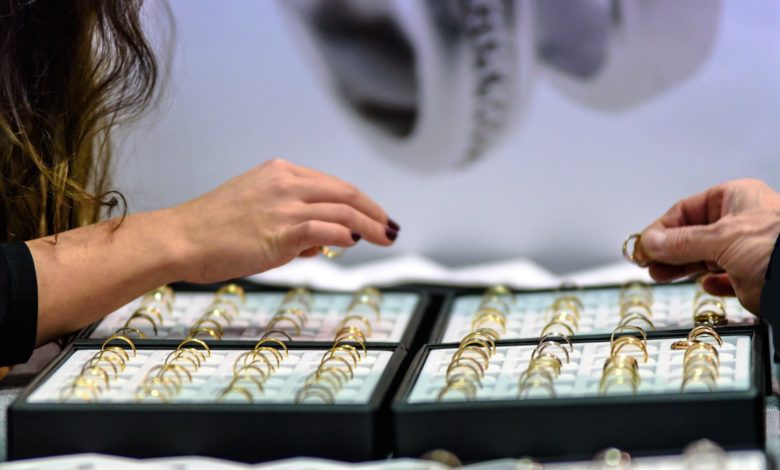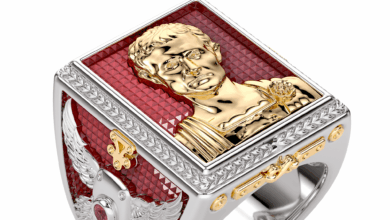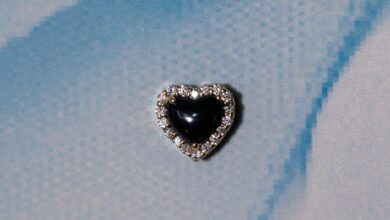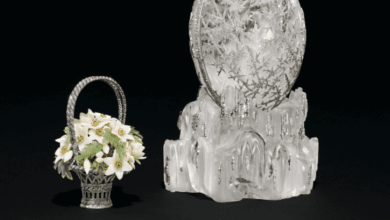How to prepare for potential shoplifters
Leonard Zell shares some insights about how professional shoplifters do their worst.

Register to get 1 free article
Reveal the article below by registering for our email newsletter.
Want unlimited access? View Plans
Already have an account? Sign in
He saw it all the time when he went into jewellery stores in London, New York and Beverly Hills, he saw three and as many as five pieces of jewellery on a counter pad. To make it even worse the managers and even the sales assistants were either off the floor, toward the back or not paying attention.
Salespeople who didn’t know any better and managers who don’t care. He called this a gift. Yes, that is what an ex-jewellery thief told me. Salespeople made it so easy for him he stopped doing the grab and run because it was too risky. What those salespeople were doing made them, ‘an easy mark’. I knew he was right because this is what I see all the time in the UK, the US and in other stores for whom I conduct seminars for. It is one of the first things I have to correct.
I saw this ex-thief, we will call him Bob, at a state jewellery convention in the US. We were both speakers and Bob was sitting with me and the other speakers at the head table. He was very well dressed, groomed and wearing a tailored suit. Bob could have passed as a bank executive. When it was his time for him to speak he started by saying: “I am an ex-jewellery thief and took you jewellers to the cleaners.” You should have seen everyone’s face drop. He continued. “If you listen to me I can save you money and a lot of aggravation.”
I am bringing up this subject because of all the robberies that have been happening in the UK and especially the multiple smash-and-grabs caught on CCTV and reported in Jewellery Focus. Bob told me after his speech this is how he did the grab and run. He stayed with the salesperson long enough to get his trust so he would bring out at least two expensive pieces of jewellery just like this robber did.
He would imply he was ready to buy, and the salesman drops his guard and Bob is off and gone. Just like that. The mistake was why did the salesman have two watches on the counter? Why should he have two of anything on the counter? I will tell you why. Because salespeople think if they put a watch back it may look like he does not trust the customer and besides, what if he wants to compare? I call this nonsense. If the customer wants to compare all the salesperson has to do is put one watch in each had and say: “Mr. Smith, tell me your favourite.”
Salespeople like to bring out jewellery, but don’t know how to put it back. Therefore they rationalise it by thinking the more they bring out the easier it will be to close the sale. That is a fallacy. The more they bring out the more it confuses a customer because nothing looks important. That is why salespeople get those dreaded one-hour customers who cannot make up their mind. They created them. When you have two or more pieces of jewellery out the person who benefits is the grab and run thief.
Three or more pieces it benefits the professional thief like Bob. He told me when there are three or more pieces of jewellery on the counter pad and he palms one just like a magician would do, salespeople are never sure if there were two or three pieces up. They don’t want to embarrass themselves so they don’t say anything and Bob asks them to bring out more so he can compare. He said: “Leonard, it was like taking candy from a baby.”
There was another mistake and a dreaded one. The two salespeople who chased after the robber could have been killed. Most robbers are armed and jewellers should assume they are armed or at least have a knife. In this case he could have easily turned on these two salespeople, knifed or shot them. The jewellery is not worth anyone’s life and that was a very serious error by the management. They should have had a rock solid policy. Do not chase a thief. I am sure you have heard stories of salespeople or customers have tackled a robber, but this is not the time to be a hero when it can cost you your life.
Bob said he was always armed and well dressed just like he was now because he knew salespeople would prejudge him as a well-to-do customer who is ready to buy something expensive. They would immediately trust him and would not hesitate to bring out several pieces of jewellery and even look away from him to get something from another case.
When the salesperson looked back, he couldn’t be certain if there was one missing. Bob demonstrated for me how he palmed a ring, just like a magician palming a playing card. He did it right in front of my eyes and I could not see how he made it disappear. I am sure you jewellers will alert your salespeople to limit showing jewellery by limiting the amount of jewellery being shown, but take my advice and do not stop there.
Old habits die hard and salespeople revert to them. My recommendation is that lecturing your salespeople is not enough. Have them practice it with you instead of waiting to practice it with a customer.
This feature first appeared in the July 2016 issue of Jewellery Focus







